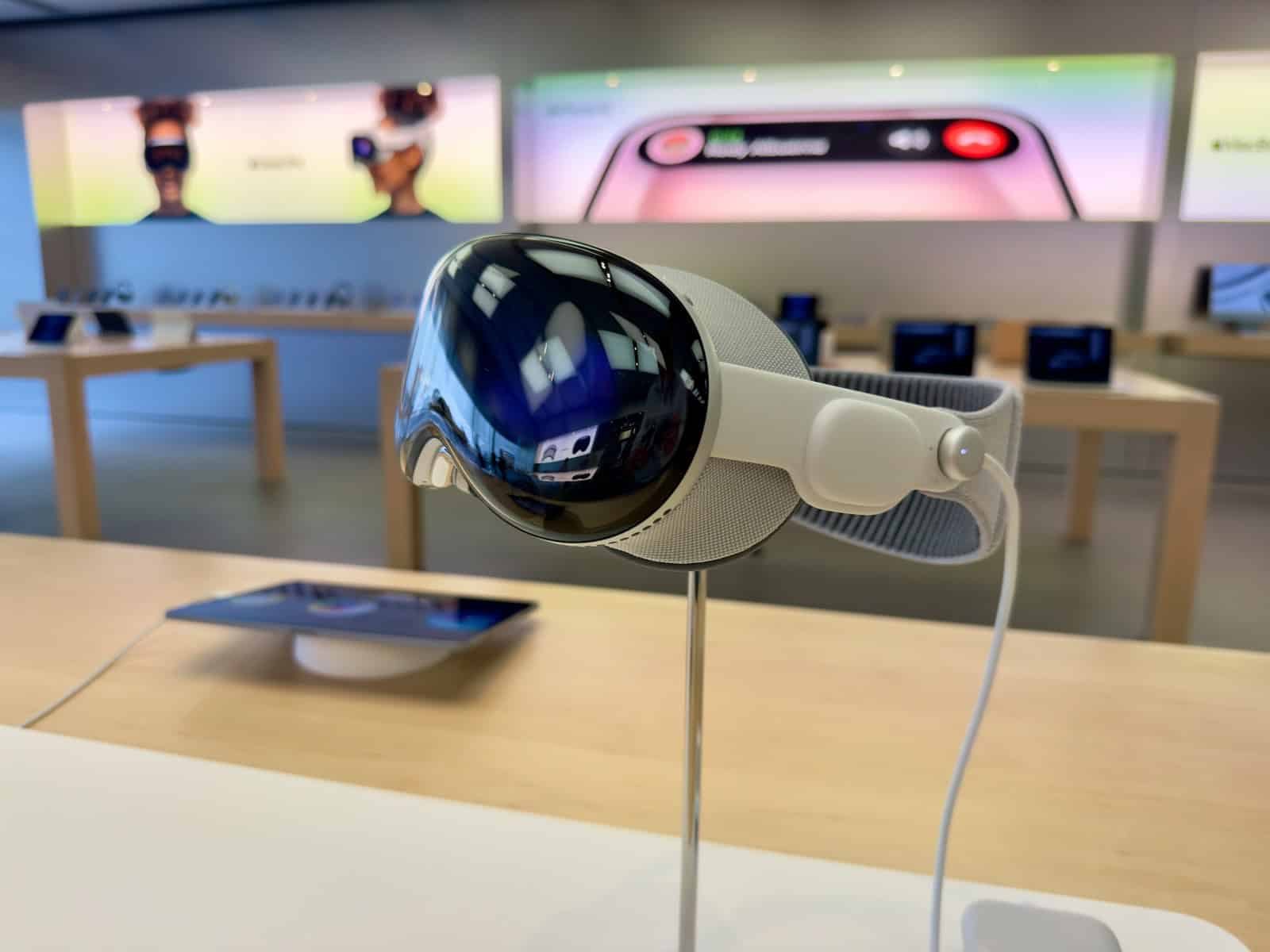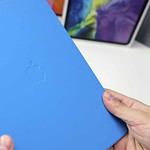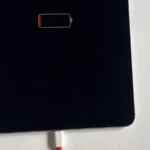Sources are saying that Apple may have ceased production of the Vision Pro (1st Gen) and will instead turn their attention to future models that will be significantly cheaper. Even though the Vision Pro was their original flagship mixed reality headset and was better than almost anything out there (hardware-wise), the headset faced serious challenges when it came to cost and a very lacking software ecosystem that turned a lot of early adopters away.
As production slows due to decreased demand and potential cessation, Apple’s strategy will shift towards more affordable models to engage a wider consumer base, which could mark a turning point in the mixed reality (MR) market.
The MR market is expected to grow significantly, from $18.6 billion in 2023 to $187.2 billion by 2030, driven by technological advancements and diverse applications. Apple’s entry has generated interest, but its high price raises questions about accessibility. A shift to more affordable offerings could boost adoption and increase competition in the MR space.
Apple Vision Pro: What’s Next?
Current Status of Vision Pro
Recent reports suggest Apple has paused production of its first Vision Pro headset. This news comes after the device’s initial unveiling and before its wider release. The original Vision Pro was set to have a hefty price tag of $3,499. This high cost likely limited its target audience. The production pause signals a shift in Apple’s strategy.
Focus on More Affordable Models
Apple appears to be concentrating on developing more affordable versions of the Vision Pro. These new models are rumored to launch in 2025. The goal is to make the technology accessible to a larger market. By lowering the price, Apple hopes to compete with other virtual and augmented reality headsets. This move is similar to how Apple has offered different iPhone models at varying price points.
Potential Changes and Improvements
The development of cheaper Vision Pro models might involve some changes to the device’s features. Apple may use less expensive components to reduce costs. This could mean slightly lower display resolution or less processing power. However, Apple will likely try to maintain a high level of quality. The new models may also include improvements based on feedback from developers and early users of the first Vision Pro.
Comparison of Potential Vision Pro Models
| Feature | Original Vision Pro | Potential Cheaper Vision Pro |
|---|---|---|
| Price | $3,499 | $2,000 (Estimated) |
| Release Date | Expected 2024 (Limited) | Expected 2025 |
| Target Audience | Early adopters, professionals | Wider consumer market |
| Potential Changes | High-end components | Less expensive components |
What This Means for Consumers
The shift towards cheaper Vision Pro models is good news for consumers. It means that more people will have the chance to experience this new technology. It also suggests that Apple is committed to the long-term development of virtual and augmented reality. The company is likely to continue innovating in this space, bringing new features and improvements to future devices.
Other VR/AR Headsets on the Market
While Apple works on its Vision Pro, other companies offer their own virtual and augmented reality headsets. These include Meta’s Quest headsets, which are popular for gaming and other immersive experiences. Other players in the market include HTC Vive and Microsoft HoloLens. These devices have different features and price points, giving consumers a range of choices. Each has unique strengths and weaknesses. Meta’s Quest 3, for example, is a standalone headset offering a blend of virtual and mixed reality at a competitive price, starting at $499.99 for the 128GB version. It offers improved processing power and higher resolution compared to its predecessor. On the other hand, the Microsoft HoloLens 2 focuses more on enterprise and industrial applications with its mixed reality capabilities, but at a much higher cost of around $3,500. Comparing these options helps consumers understand the different uses and price ranges within the VR/AR market.
Focusing on the Software Ecosystem
A key aspect of Apple’s success with its products is its strong software ecosystem. This includes the operating system, app store, and developer tools. Apple is likely to focus on building a similar ecosystem for the Vision Pro. This will encourage developers to create new and innovative applications for the device. A strong software ecosystem is essential for the long-term success of any new technology platform. This software will be key in making the Vision Pro more than just a gadget but rather a useful tool for work, play, and communication.
Short Summary:
- Production of the Apple Vision Pro has significantly decreased, with reports suggesting a potential halt by the end of 2024.
- High price points and limited software have diminished buyer interest, causing Apple to reconsider its device strategy.
- Plans for a more affordable variant are underway, potentially targeting a broader consumer base by late 2025.
As Apple navigates through the tumultuous waters of the mixed reality market, its Vision Pro headset, which debuted with high expectations earlier this year, is now facing potential discontinuation due to dwindling production rates and buyer interest. Sources close to the situation have reported a significant cut in production, with expectations that manufacturing could cease by late 2024.
According to a report from The Information, Apple initially estimated it would sell between 700,000 and 800,000 units of the Vision Pro headset within the year. However, this optimistic forecast has been revised downwards, with projections suggesting only 400,000 to 450,000 units may find purchasers by the end of 2024.
“Apple launched the Vision Pro in international markets earlier this year to reinvigorate demand,” stated a source familiar with the company’s plans, reflecting a broader trend in the tech sector as businesses scramble to find market fit in an evolving landscape.
The Vision Pro was introduced to the public in February 2024, priced steeply at $3,499. The combination of its high price and a limited ecosystem of software tailored for its functionality has left consumers hesitant. While the device was designed as a pioneering entry into spatial computing, many potential buyers have opted for more affordable alternatives available in the market. For instance, Meta’s Quest 3, a competitor, retails around $500, highlighting a significant gap in price and user accessibility.
Industry experts suggest that the Vision Pro’s initial popularity quickly waned after the product launch. Reports indicate that interest peaked but fizzled due to the combination of its premium pricing and a lack of compelling software offerings, leading to a rapid shift in demand.
Luxshare, tasked with assembling the device, has informed Apple of the need to potentially “wind down” production completely, with current assembly rates dropping from 2,000 units per day during peak demand phases to fewer than 1,000. The assembly lines, though reduced, remain intact in case of a resurgence in demand, with the option for swift production restarts.
“Apple has accumulated enough inventory to meet demand until the arrival of additional models, with estimates suggesting there are between 500,000 and 600,000 units waiting in stock,” remarked a representative from the supply chain industry.
Interestingly, while the first-generation Vision Pro may be nearing its end, Apple is reportedly laying the groundwork for a more economical version of the headset. Proposed to be more accessible, this new model aims to cater to a larger segment of the market, with potential plans for a release slated for late 2025. Reports suggest this future model will feature reduced capabilities and a lower price point—speculated to be around $2,000—thereby aiming to attract a wider consumer audience.
In the wake of these developments, Apple has reconfigured its focus, looking to transition to a production target of up to four million units for this more affordable headset. This pivot underscores Apple’s recognition of the necessity to adjust its mixed reality strategy amid the stark challenges presented by a competitive and pricing-sensitive landscape.
“There’s tremendous opportunity for businesses to reimagine what’s possible using Apple Vision Pro at work,” said Susan Prescott, Apple’s vice president of worldwide developer relations, indicating the company’s intentions for the device’s professional applications.
Despite its ambitious forecasts, the reality of the Vision Pro’s sales figures has forced Apple to rethink its broader strategy in the mixed-reality domain. The lack of a comprehensive content framework for the device has compounded the challenge, with many users reflecting that the headset’s utility remains limited compared to existing alternatives.
Notably, Apple has paused developments for a second generation of the Vision Pro in light of these challenges. Instead, the company may release incremental updates to the current model, potentially including enhancements such as an upgraded M5 chip. This approach allows Apple to utilize its existing inventory of components without committing to a full redesign.
Reports also indicate that suppliers have begun halting their production of Vision Pro components in response to Apple’s revised forecasts. Many warehouses are currently filled with surplus parts, reflecting an overproduction scenario that does not align with consumer needs and preferences.
In an attempt to mitigate these issues, Apple’s leadership, including COO Jeff Williams, has emphasized the importance of supplier relations, particularly those within the Chinese market. Apple’s supply chain diversifies as it expands into Southeast Asia, marking a shift to buffer against geopolitical risks while enhancing its operational flexibility.
“Apple continues to view China as a critical component of its supply chain,” reported Xinhua, highlighting the essential role that partners like Luxshare and others play operationally within Apple’s market strategy.
Amid these transformations, Apple’s strategy reflects ongoing efforts to maintain competitive advantages while pivoting based on market demand. The potential launch of a lower-cost Vision Pro model could symbolize a broader industry trend where premium device manufacturers seek to create offerings that resonate with various consumer segments while countering the significant competition from established low-cost rivals.
Looking to reclaim lost ground in the mixed reality sector, Apple’s dual strategy of inventory management and progressive product development aims to strike a balance between innovation and market realities. As consumer preferences shift, the company will be challenged to deliver value that coincides with practical needs and financial capabilities.







